#female prussia
Explore tagged Tumblr posts
Text

APH Prussia Fanart [Repost]
[Click for better image quality]
Better color/hue/saturation quality, fixed some imperfections + added minor details.
https://x.com/Magavont
#artists on tumblr#art support#queer artist#female illustrators#portrait#digital illustration#digital painting#ethereal#original art#fantasy art#procreate#aesthetic#fanart#aph hetalia#aph prussia#hws prussia#art im proud of#art improvement#axis powers ヘタリア#gilbert beilschmidt#ギルベルト・バイルシュミット
59 notes
·
View notes
Text
happy pride month. throws this at you before i disappear as well
#i hc elizabeta as ftm❤️❤️i know my kind when i see one#hetalia#hetalia fanart#hws prussia#aph prussia#hetalia prussia#prussia hetalia#gilbert beilschmidt#elizabeta héderváry#hungary hetalia#aph hungary#hws hungary#unrelated but i think it’s so funny how on the wiki it just states that they had ‘shown interest to male/female’#but it doesn’t say ‘bisexual’ or anything it’s so ambiguous😭😭😭😭
53 notes
·
View notes
Text

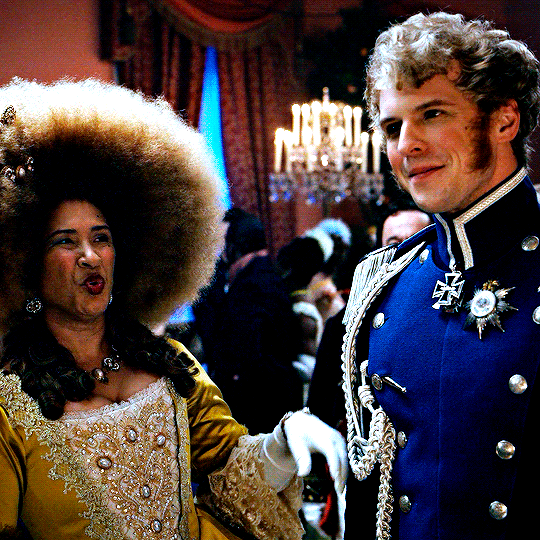
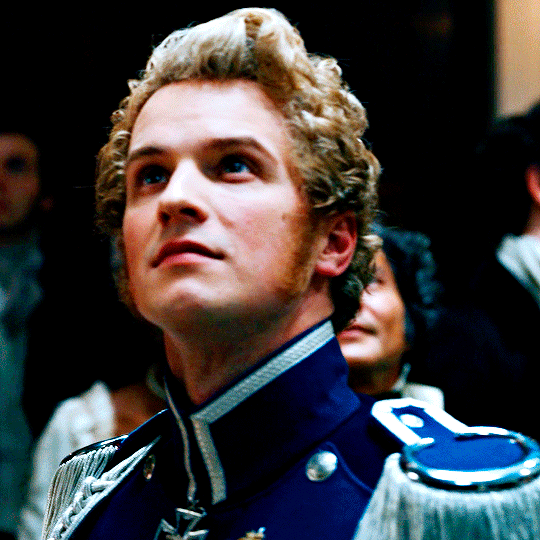


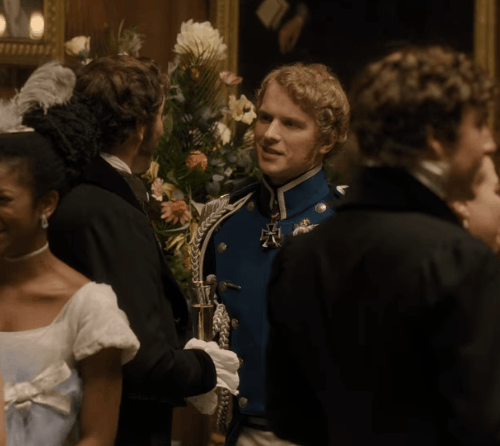
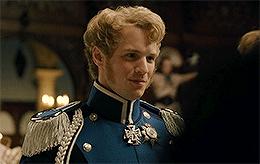

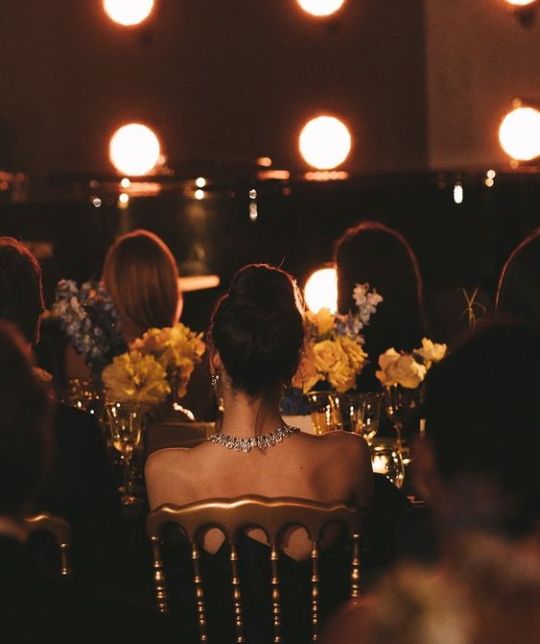

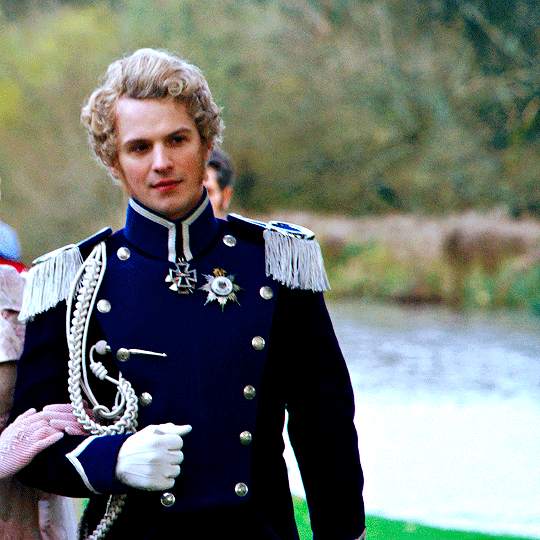

More Than Diamonds
Pairing: Prince Friedrich x Princess! Reader Description: Britain has gained themselves a new royalty nearing the debutante ball of 1813. Princess Amelia of Siam was sent as the new Ambassador of Siam. In Britain Princess Amelia was able to find her family, but will that be all? Tags: Tags: Slow burn, Coming of age, Time-Travel, Back to the past, Friends to Lovers, Royalties, Oblivious!FLxObvious!ML, Jealous! Friedrich, Slightly Possessive! Friedrich, Black cat gf, Golden retriever bf Timeline: S1&S2
Princess Amelia of Siam
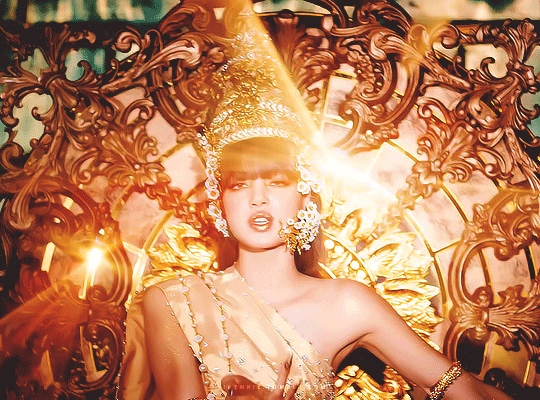
"What romance? I have no time for such nonsense. I was merely attempting to forge a diplomatic relation between Siam and Prussia." - Amelia Chaiya Kanika, Princess of Siam
Prince Friedrich of Prussia

"Truthfully I am afraid. It felt like I'm the only one falling, while she stayed rooted... Unmoved. I want her, yet I do not want to lose what we have... To sacrifice what we have built." - Prince Friedrich of Prussia
Daphne Basset (nee. Bridgerton)
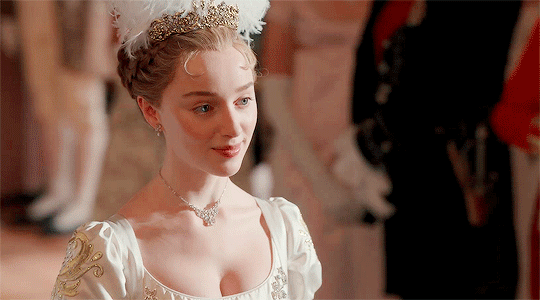
"Amelia is different... She is uptight and serious, but at the same time extremely intelligent. Unfortunately, romance is a foreign subject for her and I think... There is nobody more fitting to teach her than you." - Daphne Basset (nee. Bridgerton)
Anthony Bridgerton
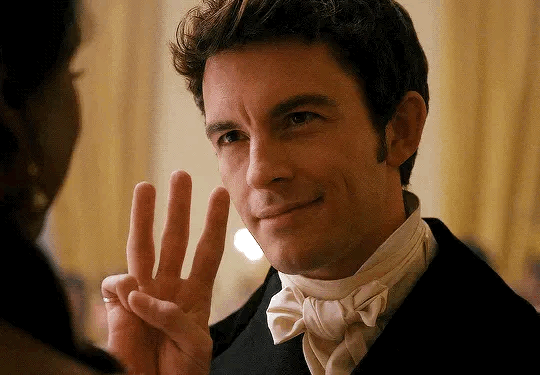
"I would say out of all Bridgerton, we are the most similar... Which is why I hope for you to learn from my mistakes. Life is short Mel, you need to enjoy it while it lasts. Doing something you want is not selfish... Loving someone is not selfish." - Anthony Bridgerton
Benedict Bridgerton
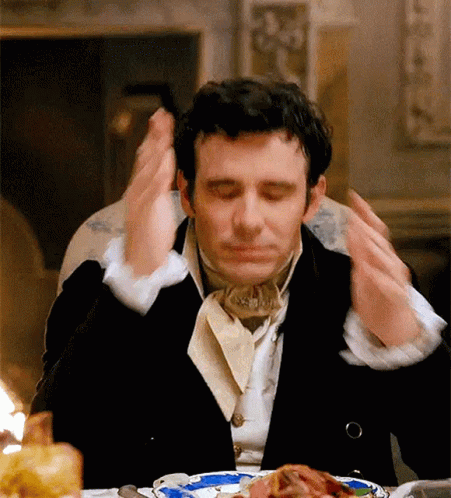
"Say, Mel... What is your idea of fun? One which excludes activities that require you to think? Frankly I think you need it. Go outside, make friends, go to parties and promenades. Have fun. For sometime, forget your responsibilities and live a little." - Benedict Bridgerton
Colin Bridgerton
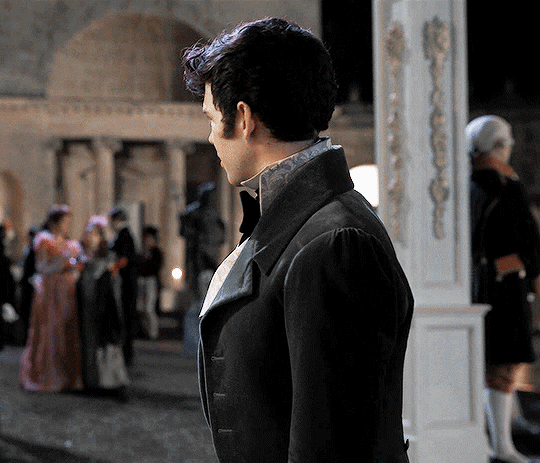
"I understand what you meant. How looking at this brought you peace, but Mel... Don't you think you too need to start listening to that advice?" - Colin Bridgerton
Charlotte of Mcklenburg-Strelitz
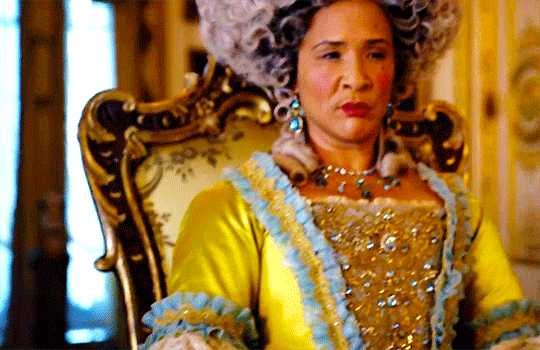
"I suppose for him a mere diamond won't do. She must be the epitome of perfection. An intelligent, beautiful and elegant woman. Who fits better for a prince than an actual princess?" - Queen Charlotte
Meet The Cast of 'More Than Diamonds' | More Than Diamonds Master List
#bridgerton#prince friedrich#lisa#lalisa#thailand#prussia#writing prompt#historical romance#history#romance#friedrich of prussia#freddie stroma#queen charlotte#daphne bridgerton#simon basset#anthony bridgerton#kate sharma#prince friedrich x reader#prince Friedrich x female reader#time travel#back to the past#prince frederick
255 notes
·
View notes
Text

Princess Louise of Prussia (1770-1836) (1801) by Élisabeth Vigée Le Brun.
#élisabeth vigée le brun#18th century art#18th century#female portrait#french painter#female painter#french art#french artist#18th century aesthetics#francês#european royals#european aristocracy#european royalty#european art#frankreich#francais#female portrayal#female artist#female painters#female artwork#art history#historical fashion#fashion#ancien regime#prussia#preußen#preussen#northern europe#german royalty
25 notes
·
View notes
Photo

Happy (early) Valentine’s Day from the lovely Miss Prussia (and Birdie)
#oh god#sorry i rarely draw females#also i'm super duper exhausted#so if it sucks i am so sorry#hws prussia#nyotalia#nyo prussia#hws nyo prussia#hws#hetalia#my art#hetalia ask blog#hws ask blog#aph prussia#hetalia prussia
70 notes
·
View notes
Text


Really Guys? You like This?
#art#artists on tumblr#pixel art#minimalism#anime#anime art#history#oc art#japan#manga#cake#dom mommy#domme mommy#mommy k!nk#hot as hell#so hot and sexy#so hot 🔥🔥🔥#hornyposting#hetalia prussia#adult human female#humanization
5 notes
·
View notes
Photo

Philippe Mercier (French Huguenot, 1689–1760) Fille avec un plateau, Detail, ca. late 1740s The State Hermitage Museum
#art#fine art#prussia#Brandenburg-Prussia#german realm#classical art#girl with a tray#philippe mercier#european#europe#europa#western civilization#france#germany#russia#brunette#caucasian#woman#female
39 notes
·
View notes
Text
nyo hre 🥰

#hetalia#nyotalia#nyo north italy#nyo south italy#nyo holy roman empire#hws france#hws hungary#aph france#aph hungary#aph prussia#female holy roman empire#ace attorney
62 notes
·
View notes
Text
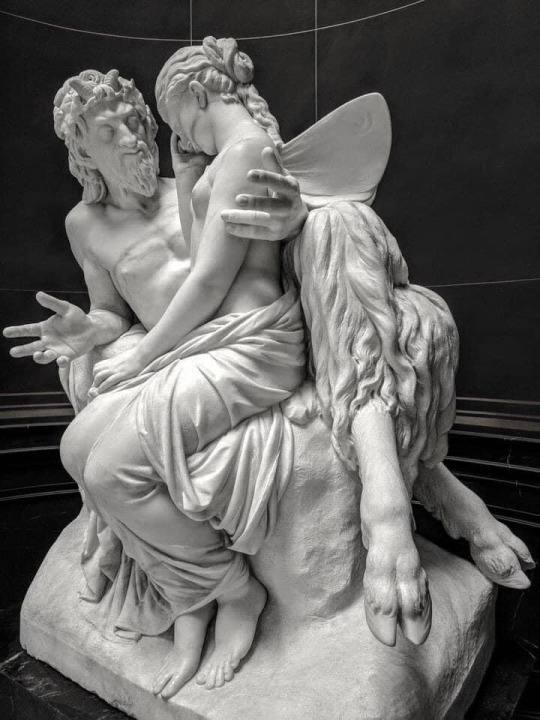
Pan Comforting Psyche (1857-58) “Marble, 101 x 132 x 67 cm” [Alte Nationalgalerie, Berlin, Germany] -- Reinhold Begas (German; 1831 - 1911)
Deserted by Amor, her lover, Psyche bemoans her curiosity and its consequences. Agitated yet demure, she is comforted by Pan, the otherwise frivolous god of nature. The subject allowed Begas to unite a range of contrasts within one sculpture: female/male, tender/rough, youthful/old.
Reinhold Begas was a German sculptor. He was an apprentice under Christian Daniel Rauch and Ludwig Wilhelm Wichmann. From 1856 to 1858 he travelled around Italy where he was influenced by Arnold Böcklin and Franz Lenbach to move towards a naturalistic style in sculpture. In 1861 he was appointed professor at the Weimar art school before winning the competition to create the statue of Schiller at Gendarmenmarkt in Berlin. From 1870 he was the leading artist working in the plastic arts in the Kingdom of Prussia. His artworks dominated the urban landscape, particularly of Berlin, during the German empire. Several sculptures in Berlin bear testament to his high reputation, such as the Neptune fountain in bronze, originally erected on Schlossplatz, the figure of Alexander von Humboldt in front of the Humboldt-Universität or the statue of Otto von Bismarck in the city’s.
Source: Google Arts & Culture
523 notes
·
View notes
Text

“Esther Manuel was born in Hanau in 1785. In her early twenties, she married an artisan who changed his name from Müller to Grafemus, and they had two children. Her husband was a Christian, but there is no record of Esther’s baptism. Grafemus abandoned his family in 1808, and she heard rumors that he had joined the Russian army. Esther eventually traveled to Berlin to find some charity to support her, and because she was too poor to afford the postal service carriage, she dressed as a man to travel on horseback.
Once in Berlin she appealed for funds to the Jewish charities, but to no avail. In a patriotic gesture, after Queen Louise died in 1810, Esther changed her name to Louise. She was still very poor, frustrated in her continuing efforts to locate her husband. Eventually, sometime in the fall of 1812, using connections in the Jewish community, Louise went to the king’s son and daughter-in-law, Prince William and Princess Maria, and told them of her desire to join the army. Touched by her predicament and by her passion to fight, they purchased her a horse, a uniform, and a gun, and arranged for her to enter the army, dressed as a man! She was not the only female fighter motivated to take up arms for Prussia. Berliners just then were celebrating the heroism of Leonora Prochazka, a disguised woman soldier who had just died in battle, with popular songs and poetry.
By March 1813, in the first days of the War of Liberation, Louise Grafemus was already in battle, on her horse with rifle in hand, and although she was quickly wounded, she kept on fighting. One day that spring, during a battle, by some astonishing fortune, she chanced to meet her long-lost husband, who was indeed a soldier in the Russian army. In front of all the soldiers, she tore off her uniform and revealed her identity as a woman in disguise, causing a huge sensation. But fate took away what it had just delivered, and Herr Grafemus died the very next day.
Louise then left the army, and wandered to St. Petersburg, where she worked for a Russian nobleman. In time she returned to Berlin, where she spent her days writing appeals to the government to receive a pension as the widow of a fallen soldier. When the king did give her a tiny pension of two thalers a year she became a most modern publicity seeker, finding journalists to tell her story. The owner of a porcelain factory even ordered cups made bearing her image! Her family back in Hanau refused to help her, because they were angry that she had continuously neglected them as well as her two children. Eventually she married a German publisher in Russia and settled in Riga, where she died in 1852, at the age of 67.”
How Jews Became Germans: The History of Conversion and Assimilation in Berlin, Deborah Hertz
#esther manuel#louise grafemus#19th century#historyedit#history#women in history#women's history#napoleonic wars#germany#german history#warrior women#women warriors#female soldiers#historical figures
69 notes
·
View notes
Note
hungary headcanons?💋🌸
Ah, I love Hungary! She's like such an older sister type! I imagine the Hungarian media absolutely loves her in that sense. Although like many female personifications, she is often objectified and used for propaganda/tourism ads. Also, a lot of the foreign media is more focused on her previous marriage with Austria rather than her own history. they just see her has "Austria's ex-wife." In a lot of interviews, the questions are less about historical wars and political moments, but more about Hungarian fashion and recipes.
While Hungary enjoys being feminine and wearing dresses and caring for others, She is uncomfortable with how people diminish her more masculine side. She is very much annoyed with the misogyny she and the other nation women face. She's an outspoken feminist, and has always advocated for the rights of both human and nation women.
On social media, her posts are mostly about Hungarian culture and things her boss makes her post to "display the beauty of Hungary". She's very much has her PR team managing her accounts, but often replies to Prussia's tweets about her and ratios him lmao.
She's most active on her ao3 account. It isn't connected to her by name, but literally everyone knows it's her because of the specific knowledge about personifications. There are a lot of memes about how much yaoi she writes, and there will be pictures of her at international meetings captioned "Ms. Hungary the exact moment she gets inspiration for her GerIta fic." There are also memes about Czechia's one-sided spa rivalry with her.
Also, I headcanon that passport bros see her has a submissive tradwife just because of how prominent her feminine side is, but always embarrass themselves in front of her when she calls them pussies for not knowing how to cook.
#hetalia#forsoobaado answers#anon#hetalia headcanons#aph hungary#hws hungary#hetalia hungary#elizabeta héderváry#nations revealed au#hetalia public au#I also like how she's portrayed as a strong woman while also being mostly feminine#like these things aren't mutually exclusive you can be badass while also liking dresses#she's my 2nd favorite female nation#Seychelles is number 1 I love her
52 notes
·
View notes
Text
Tribute to all these revolutionary women coming from the overseas departments and Haiti who fought at risk of their lives for their freedoms and forgotten even more than the women of the French revolution in metropolitan France already well despised.
In this post, although there are many of them, I will cite two of them, I will perhaps write a more detailed post when I have time because it is shameful that these women are not better known: -Sanité Bélair: Lieutenant of Toussaint Louverture, considered the soul of the conspiracy, particularly with her husband Charles Belair and fighter against Leclerc. She was captured, sentenced to death and shot. She showed great courage during her execution like many of her peers. She died but not her ideals and became a great symbol She is considered one of the great heroines of Haiti's fight for independence alongside Catherine Flon, Cecile Faitman and Dédée Bazile. On the Guadeloupe side we have Rosalie alias Solitude, whose historian Mathilde Larrère has written a magnificent article that I invite everyone to read. This woman had joined the community of "maroons". While she was a few months pregnant, she fought against the reestablishment of slavery. Captured, she will be executed like so many others after giving birth. When will there be more tribute to these women by exploring these parts of France? Personally I prefer a hundred (or even a thousand) times more to pay homage to them than Napoleon, who in my opinion, if he survived, failed as emperor, where the people I cited who died for their ideas had a posthumous victory. on the abolition of slavery and the independence of Haiti). Frankly beside the point when we are presented with Madame de Stael or Louise de Prussia as the only female figures standing against Napoleon, I am very sorry that they make a very pale figure regarding the women mentioned earlier (I am not saying that in a goal to clash with Louise of Prussia and Madame de Stael but rather the "thinkers" we can see in media, movie, who voluntarily cite only them to obscure the others because they believe that we can judge Napoleon magnanimously on what he did concerning slavery and do not focus only on the Europe part or worst to the goal to justify the horrors that France did to Guadeloupeans, Reunionese, Haitians, etc, or to the thinkers who only believe in white feminism, etc…).
55 notes
·
View notes
Photo

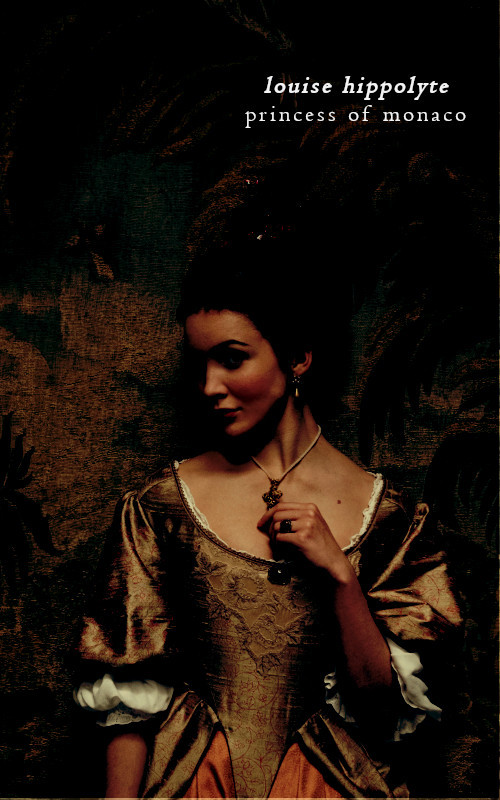
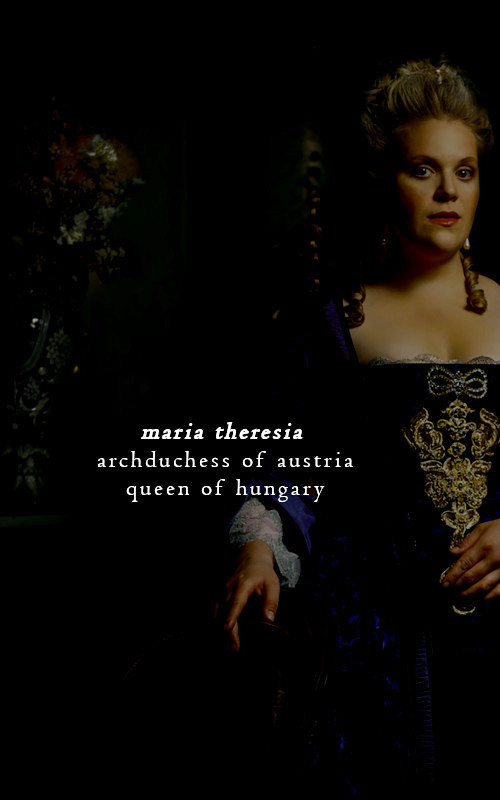

Favorite list of royal women | Regnant queens (who crowed herself queen without her husbands)
Been a queen regnant is not always easy specially when you are married but mor common than one would think. Here four of my favorite queen that were married and despite what society, and often the husband himself, thought decided that her lands by heritage or conquest were only hers to rule.
i. [1081-1116] Called The Reckless, Urraca was one of the most powerful reigning Queens of her time having inherithed the kingdom of León. Upon the death of her first husband she was convinced to marry Alfonso of Aragon the most successful warrior king of the Iberian Peninsula. It went horribly wrong. Personalities clashed and Alfonso emprisoned Urraca at one point. With Galicia rebelling and the Almoravides menace the spouses still went to war againts each other. Finally they separate and while Urraca still has a long way ahead and could keep most of her lands for herself.
ii. [1697-1731] Louise Hyppolite was at her time of birth the last Grimaldi. Monaco was under French control and it was decided that man from the French King family will be Louise’s husband and rule along with her. She was married and had to leave her land with her husband. Described as shy and submissive she did not enjoy her time at Versailles. When her father was ill she came back alone to Monaco and when he died she crowned herself Princess of Monaco with the people enthusiastic support naming her firstborn heir. There is no much her husband could do and though she ruled fr a short time she did it as the sole Princess.
iii. [1717-1780] Maria Theresia’s father Emperor Charles VI of the Roman Empire, did not prepared her to rule as he was convinced that her husband would rule for her. However, she had other plans and when her father died Maria Theresa, a 23 years old set to stablish her right as a moanrch against Prussia and most of Europe. She manage to gain ruling experience and be a monarch for 40 years. Though she deeply loved her husband she did not let him rule in her name and even refused to kneel in front of him when he was elected Holy Roman Emperor as she was of highest ruler. She was Sovereign of Hungary and Bohemia and Archduchess of Austria on her own right her husband being the consort.
iv. [1583-1663] Njinga was Queen of Ndongo after her father and brother. At the time with the Portuguese slave trade Njinga became a symbol of resistance to the Europeans. In order to gain power in the center of the region she married an Imbangala leader and learned the techniques and strategies of his people. However when she set to conquer the kingdom of Matamba and ruled there as the Queen as Matamba had tradition of female rulers. As she gained influence she was recognized as one of the great queens of the region at the time.
#historical women#women in history#maria theresia#njinga of ndongo and matamba#urraca of leon#louise hyppolite of monaco#maria theresa of austria#history
147 notes
·
View notes
Text

Kings and Their Lovers
Male Kings and Their Homoromantic or Erotic Relationships from Antiquity to Modern Times History offers numerous examples of male rulers who had homoromantic or erotic relationships with other men. These connections were often complex and influenced by cultural, societal, and personal factors. Here are some remarkable examples:
Antiquity
Alexander the Great (356–323 BC) The Macedonian king and famous conqueror had a particularly close relationship with Hephaestion, his childhood friend and confidant. Plutarch described Hephaestion as "Alexander's lover." After Hephaestion's death, Alexander was inconsolable and ordered a nationwide mourning. The Persian eunuch Bagoas is also mentioned in ancient sources as Alexander's lover.
Emperor Hadrian (76–138 AD) The Roman emperor is known for his passionate relationship with the young Greek Antinous. When Antinous drowned in the Nile, Hadrian was devastated. He had his lover deified, founded the city of Antinoopolis, and erected statues of Antinous throughout the empire. These actions testify to Hadrian's deep affection and grief.
Middle Ages
Richard the Lionheart (1157–1199) Richard I of England had a close relationship with Philip II of France. Contemporary chroniclers described how the two kings "ate from the same table and drank from the same cup every night" and "slept in the same bed." Although the exact nature of their relationship remains disputed, such reports suggest a very intimate connection.
Edward II of England (1284–1327) Edward II had an intense relationship with Piers Gaveston, which chroniclers of the time described as excessively intimate. Later, he developed a similarly close relationship with Hugh Despenser the Younger. These connections led to political tensions and ultimately contributed to Edward's deposition.
Modern Times
James I of England (1566–1625) James, also known as James VI of Scotland, had several close relationships with men. Particularly notable was his connection with George Villiers, the Duke of Buckingham. In letters, James called Villiers "my sweet child and wife" and "my dear Venus boy." This correspondence indicates a passionate and intimate relationship.
Louis XIV of France (1638–1715) Although the Sun King is primarily known for his female mistresses, there are indications of intimate relationships with men. The Duke of Saint-Simon reported in his memoirs of several homosexual affairs at court, including one between Louis and his brother Philippe, Duke of Orléans.
Frederick the Great of Prussia (1712–1786) Frederick had close relationships with several men, particularly Hans Hermann von Katte in his youth. Although Frederick married, the marriage remained childless and distant. Instead, he surrounded himself with a circle of close male friends and confidants.
Ludwig II of Bavaria (1845–1886) Known as the "Fairy Tale King," Ludwig II had close and presumably romantic relationships with several men. Particularly well-known are his connections to Richard Hornig, his stable master, and Paul von Thurn und Taxis. Ludwig's homosexuality was an open secret during his lifetime and contributed to the accusations that led to his dethronement.
Modern Era
Tsar Nicholas II of Russia (1868–1918) Although later married, the last Russian Tsar had a close relationship as a young man with his cousin, Prince Nicholas of Greece. In letters, he described their "special friendship" and the "wonderful nights" they spent together.
These examples show that same-sex relationships among rulers were not uncommon. The nature and perception of such connections varied greatly depending on the cultural and historical context. While some relationships were lived relatively openly, others remained hidden due to societal norms and political implications or were only hinted at in documentation.
It is important to note that modern concepts of sexual orientation and identity cannot be directly applied to historical figures. Many of these rulers would not have identified themselves as homosexual or bisexual, as these terms did not exist in their time. Their relationships must be understood in the context of their respective culture and time.
Nevertheless, these historical examples offer important insights into the diversity of human relationships and show that same-sex love and affection existed even at the highest levels of power.
Text supported by GPT-4o, Claude AI
Image generated with SD1.5. Overworked with inpainting (SD1.5/SDXL) and composing.
#History#LGBTQHistory#AlexanderTheGreat#Hephaestion#Hadrian#Antinous#RichardTheLionheart#EdwardII#JamesI#LouisXIV#FrederickTheGreat#LudwigII#NicholasII#QueerHistory#SameSexRelationships#Monarchs#RoyalLovers#HistoricalFigures#HumanRelationships
22 notes
·
View notes
Text

Роза Егоровна Шанина (3 апреля 1924, Едьма, Вологодская губерния — 28 января 1945, Райхау (Восточная Пруссия) — советский одиночный снайпер отдельного взвода снайперов-девушек 3-го Белорусского фронта, кавалер ордена Славы; одна из первых женщин-снайперов, удостоенных этой награды. Была известна спосо��ностью вести точную стрельбу по движущимся целям дуплетом — двумя идущими друг за другом выстрелами. На счету Розы Шаниной 59 подтверждённых уничтоженных солдат и офицеров противника.
Rosa Egorovna Shanina (April 3, 1924, Edma, Vologda province - January 28, 1945, Reichau (East Prussia) - Soviet single sniper of a separate platoon of female snipers of the 3rd Belorussian Front, holder of the Order of Glory; one of the first female snipers awarded this award. She was known for her ability to accurately fire at moving targets with a doublet - two shots in succession. Rosa Shanina had 59 confirmed kills of enemy soldiers and officers.
20 notes
·
View notes
Text


"Another development now emphasised the fact that I was no longer a young girl. A few days after my confirmation, on my mother’s birthday, my father unexpectedly made me Colonel-in-Chief of the 2nd Guards Hussar Regiment—the Death’s Head Hussars as they were known—which filled me with joy, naturally. The 2nd Guards Hussar Regiment had previously had my grandmother, Empress Victoria, as its Chief and part of its title embodied her name. The year before my appointment the Regiment had celebrated its hundredth year of existence, though its traditions went back to 1741 when the Guards had been founded by Frederick the Great. However, after reporting to my father I received the officers of what was now my Regiment and the Commandant, Colonel Krahmer, introduced each one to me. The Commander of the XVII Army Corps, Cavalry General August von Mackensen, who had begun his career in the Guards Hussars and later commanded the Guards Hussar Brigade, was also present. Both von Mackensen and Krahmer—who later became a General—reached a venerable old age, each exceeding ninety, and both survived beyond 1945 to witness the destruction of the German Empire. Krahmer was in Potsdam when the Russians came; von Mackensen died in a farmyard near Celle after fleeing to Lower Saxony. It was there that this great cavalry leader and true servant of his Kaiser found his final resting-place. I kept in constant touch with them both until they died. n August 1910, I had to lead my Regiment in a march past before my father, but it was not as easy as it sounds. I had endlessly to practise the proper pace on my two horses, Rosi and Portas, riding side saddle, too. Iregretted being a female. At last the day arrived. The sun shone brightly over the parade ground and I led the 2nd Guards Hussars, riding ahead of its commander, past the Kaiser. The first march past was at walking pace, the second at the gallop. It was terribly exciting for me—and very exacting, for we had mounted at half past nine in the morning, and with only a brief rest of twenty minutes we rode until a quarter past three in the afternoon. After that we had a meal in the Mess, and although I didn’t have to make a speech, I did have to give the toast to the Kaiser which made me extremely nervous. Finally, it was all over and I had the feeling that it had been the most wonderful day of my life".
The Kaiser's daughter : memoirs of H. R. H. Viktoria Luise, Duchess of Brunswick and Lüneburg, Princess of Prussia
7 notes
·
View notes